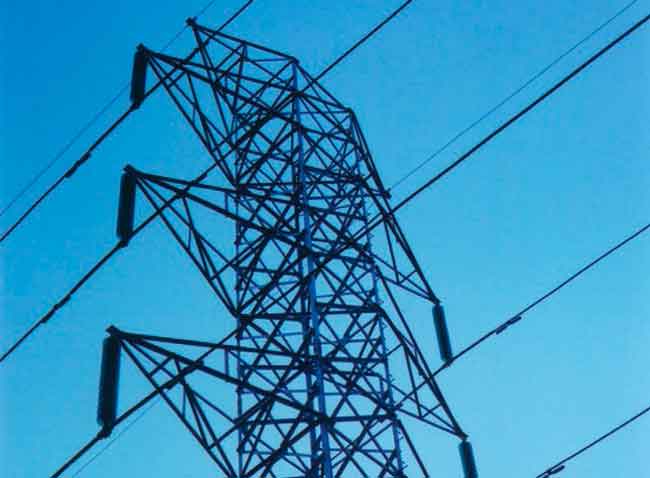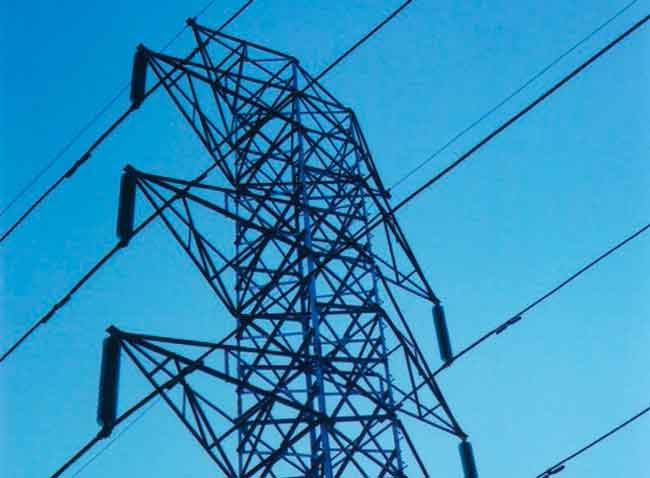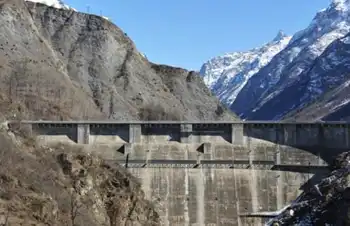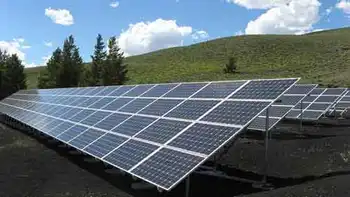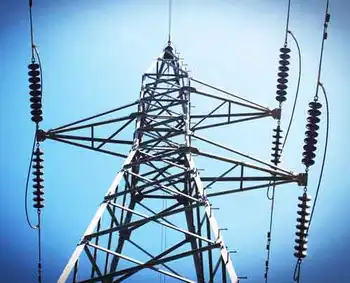Ontario Providing Electricity Relief to Families, Small Businesses and Farms During COVID-19

NFPA 70e Training - Arc Flash
Our customized live online or in‑person group training can be delivered to your staff at your location.

- Live Online
- 6 hours Instructor-led
- Group Training Available
Ontario TOU Electricity Rate Relief offers 24/7 fixed off-peak pricing at 10.1¢/kWh, suspending time-of-use tiers to support residential customers, small businesses, and farms, coordinated by the Ontario Energy Board during COVID-19.
Key Points
A 45-day policy fixing TOU power at 10.1¢/kWh 24/7 off-peak to ease costs for residents, small businesses, and farms.
✅ Applies 24/7 off-peak 10.1¢/kWh to all TOU electricity customers.
✅ Automatic bill credit; no application or enrollment required.
✅ Covers residential, small businesses, and farms; OEB coordination.
To support Ontarians through the rapidly evolving COVID-19 situation, the Government of Ontario is providing immediate electricity rate relief for families, small businesses and farms paying time-of-use (TOU) rates.
For a 45-day period, the government is working to suspend time-of-use electricity rates, holding electricity prices to the off-peak rate of 10.1 cents-per-kilowatt-hour. This reduced price will be available 24 hours per day, seven days a week to all time-of-use customers, who make up the majority of electricity consumers in the province. By switching to a fixed off-peak rate, time-of-use customers will see rate reductions of over 50 per cent compared to on-peak rates now in effect.
To deliver savings as quickly and conveniently as possible, this discount will be applied automatically to electricity bills without the need for customers to fill out an application form.
"During this unprecedented time, we are providing much-needed relief to Ontarians, specifically helping those who are doing the right thing by staying home and small businesses that have closed or are seeing fewer customers," said Premier Doug Ford. "By adopting a fixed, 24/7 off-peak rate, aligned with ultra-low overnight pricing options, we are making things a little easier during these difficult times and putting more money in people's pockets for other important priorities and necessities."
The Government of Ontario issued an Emergency Order under the Emergency Management and Civil Protection Act to apply the off-peak TOU electricity rate for residential, small businesses, and farm customers who currently pay TOU rates.
"Ontario is fortunate to have a strong electricity system we can rely on during these exceptional times, even as Ottawa's electricity consumption decreased during the pandemic, and our government is proud to provide additional relief to Ontarians who are doing their part to stay home," said Greg Rickford, Minister of Energy, Northern Development and Mines.
"We thank the Ontario Energy Board and our partners at local distribution companies across the province, including initiatives like Hydro One's Ultra-Low Overnight Price Plan that support customers, for taking quick action to make this change and provide immediate support for hardworking people of Ontario," said Bill Walker, Associate Minister of Energy.
Visit Ontario's website to learn more about how the province continues to protect Ontarians from COVID-19.
Quick Facts
- The Ontario Energy Board sets time-of-use electricity rates for residential and small business customers through the Regulated Price Plan, and provides stable electricity pricing for industrial and commercial companies through separate programs.
- Time-of-use prices as of November, 2019 ― Off-Peak: 10.1₵/kWh, Mid-Peak: 14.4₵/kWh, On-Peak: 20.8₵/kWh
- Depending on billing cycles, some customers will see these changes on their next electricity bill. TOU customers whose billing cycle ended before their local distribution company implemented this change will receive the reduced rate as a credit on a future bill.
- The Ontario Electricity Rebate (OER) will continue to provide a 31.8 per cent rebate on the sub-total bill amount for all existing Regulated Price Plan (RPP) consumers.
- There are approximately five million residential consumers, farms and some small businesses billed using time-of-use (TOU) electricity prices under the RPP.
- The Ontario Energy Board has extended the winter ban on disconnections to July 31st.





